Home>Articles>How To Use A Laser Level To Install Kitchen Cabinets


Articles
How To Use A Laser Level To Install Kitchen Cabinets
Modified: August 17, 2024
Learn how to use a laser level effectively when installing kitchen cabinets with this informative article. Step-by-step guide and expert tips for a successful cabinet installation.
(Many of the links in this article redirect to a specific reviewed product. Your purchase of these products through affiliate links helps to generate commission for Storables.com, at no extra cost. Learn more)
Introduction
Welcome to our article on how to use a laser level to install kitchen cabinets. Whether you are a DIY enthusiast or a professional contractor, this guide will provide you with the knowledge and step-by-step instructions to ensure precise and accurate cabinet installation. By utilizing a laser level, you can achieve perfectly aligned and level cabinets, creating a visually appealing and functional kitchen.
The purpose of this article is to educate and guide individuals who are planning to install kitchen cabinets. We will outline the process of using a laser level as a tool to assist in the alignment and installation of both upper and lower cabinets. Understanding how to properly use a laser level can save you time, effort, and frustration in the long run.
This guide is suitable for all skill levels, from beginners to experienced individuals. Whether you are tackling your first cabinet installation or looking to improve your technique, the information presented here will help you achieve professional results. By following these instructions, you can avoid common mistakes and ensure that your cabinets are installed correctly, ensuring longevity and functionality in your kitchen space.
Before we dive into the details, let’s take a moment to understand what a laser level is and how it works.
Key Takeaways:
- Using a laser level for kitchen cabinet installation ensures precise alignment, creating a visually appealing and functional kitchen space. It saves time, effort, and frustration, providing professional results for all skill levels.
- Laser levels emit straight, level reference lines, aiding in accurate cabinet alignment. They are essential for hanging upper and lower cabinets, ensuring levelness and plumbness for a seamless and professional-looking installation.
Read more: How To Use A Laser Level
Understanding Laser Levels
A laser level is a precision instrument used for creating accurate and level reference lines on surfaces. It emits a laser beam that provides a straight, horizontal, or vertical line, which can be used as a guide for various construction and installation tasks. Laser levels are essential tools for ensuring precise measurements and alignments, and they have become increasingly popular in the construction industry.
The way a laser level works is quite fascinating. Inside the device, there is a laser diode that emits a narrow beam of light. This beam is then projected onto a surface, such as a wall or floor, creating a clearly visible line. Laser levels often come with a leveling feature that utilizes a built-in pendulum or electronic sensor to automatically adjust the beam’s orientation, ensuring it remains level or plumb.
There are different types of laser levels available in the market, each designed for specific applications and needs. Here are some common types:
- Point Laser Levels: These laser levels emit a single point of light and are primarily used for basic alignment tasks, such as checking for levelness or transferring heights.
- Line Laser Levels: Line laser levels project a horizontal, vertical, or both lines onto a surface. They are ideal for tasks that require straight lines, such as installing cabinets, tiling, or aligning shelves.
- Rotary Laser Levels: Rotary laser levels emit a 360-degree rotating laser beam, providing a complete horizontal plane for leveling large areas. They are often used in construction projects, such as installing drop ceilings or preparing a foundation.
- Cross-line Laser Levels: Cross-line laser levels project both horizontal and vertical lines simultaneously, creating a crosshair-like pattern. They are useful for tasks that require precise alignment, such as hanging artwork or installing electrical fixtures.
When choosing a laser level, consider the specific requirements of your project and the accuracy and features you need. It’s also important to ensure that the laser level is calibrated and maintained properly to achieve accurate results.
Now that you understand what a laser level is and its different types, let’s move on to the next step: preparing for installation.
Preparing for Installation
Before you begin installing kitchen cabinets using a laser level, it’s essential to gather the necessary tools and materials. Having everything ready will help streamline the installation process and ensure a smooth workflow. Here are the steps to adequately prepare:
Gather the necessary tools and materials: Make sure you have the following items on hand before starting the installation:
- Power drill or screwdriver
- Tape measure
- Level
- Pencil
- Stud finder
- Mounting brackets or screws
- Cabinet installation template (if available)
- Laser level
Measure and mark the wall for cabinet installation: Using a tape measure, carefully measure the width and height of your cabinets. Take into account any gaps that you want to leave between cabinets or against walls for a clean and aesthetic finish. Once you have your measurements, use a pencil to mark these dimensions on the wall.
Set up the laser level properly: Before using the laser level, ensure that it is properly set up for accurate measurement and alignment. Follow the manufacturer’s instructions for assembling and installing any attachments or accessories that may come with the laser level. Place the laser level on a stable surface or mount it securely on a tripod if necessary.
Once the laser level is set up and ready to use, you are now prepared to proceed with aligning and installing your kitchen cabinets. In the next section, we will guide you through the process of using the laser level for cabinet alignment.
Using the Laser Level for Cabinet Alignment
Now that you have prepared the necessary tools and materials and set up your laser level, it’s time to use it for cabinet alignment. The laser level will help you achieve straight and level reference lines on the wall, ensuring the accurate installation of your kitchen cabinets. Here’s how to use the laser level effectively:
Positioning the laser level for accurate measurements: Place the laser level on a stable surface or mount it securely on a tripod. Make sure it is positioned at the desired height, typically along the bottom edge of the upper cabinets or the top edge of the lower cabinets. Adjust the laser level’s position as necessary to align with your marked measurements on the wall.
Adjusting the laser level for the desired height: Most laser levels have a vertical adjustment feature to achieve the desired height of the reference line. Refer to the laser level’s user manual for instructions on adjusting the height. Use a tape measure to match the laser level’s height with your cabinet dimensions and mark it on the wall.
Using the laser level to create straight and level reference lines on the wall: Once the laser level is positioned correctly, turn it on and allow it to project the laser beam onto the wall. The laser beam will create a straight, horizontal or vertical reference line. Adjust the laser level as necessary to ensure the line is aligning with your marked measurements. Use a pencil to lightly trace along the laser line on the wall.
This reference line will serve as a guide for aligning and installing your kitchen cabinets. It will help you position the cabinets accurately and ensure they are level and straight. Remember to double-check the levelness and alignment of the laser line using a traditional level to ensure the utmost accuracy.
With the reference lines in place, you are now ready to proceed with hanging the upper cabinets. This will be covered in the next section.
When using a laser level to install kitchen cabinets, make sure to secure the level to a stable surface and adjust the height and angle to match the layout of the cabinets for accurate installation.
Hanging Upper Cabinets
Now that you have created the reference lines on the wall using the laser level, it’s time to start hanging the upper cabinets. Proper alignment is crucial to ensure a seamless and professional-looking installation. Follow these steps to hang the upper cabinets accurately:
Aligning the upper cabinet’s top edge with the laser line: Position the first upper cabinet against the wall, aligning its top edge with the laser reference line. Ensure that the cabinet is level horizontally by checking that the bubble in the level is centered. Adjust the position of the cabinet as needed to align it perfectly with the laser line.
Ensuring the cabinets are level and plumb using the laser level: Once the cabinet is aligned with the reference line, use the laser level to check if it is level and plumb. Place the laser level inside the cabinet and adjust it until the emitted laser beam is aligned with the reference line. This will confirm that the cabinet is level and plumb. Make any necessary adjustments to achieve the desired alignment.
Securing the upper cabinets to the wall: After ensuring the upper cabinet is level and plumb, secure it to the wall using mounting brackets or screws. Ensure that the screws go into the wall studs for maximum stability. Use a power drill or screwdriver to fasten the cabinets securely to the wall. Repeat this process for each upper cabinet, aligning them with the laser reference line and ensuring their levelness and plumbness using the laser level.
By following these steps, you can ensure that your upper cabinets are accurately aligned and securely attached to the wall. This will provide a solid foundation for the rest of your kitchen cabinet installation. Next, we will cover the process of installing the lower cabinets.
Read more: How To Use A Self Leveling Laser Level
Installing Lower Cabinets
With the upper cabinets securely in place, it’s time to move on to installing the lower cabinets. Follow these steps to ensure precise alignment and proper installation using the laser level:
Aligning the bottom edge of the lower cabinets with the laser line: Position the first lower cabinet against the wall, aligning its bottom edge with the laser reference line. Ensure that the cabinet is level horizontally by checking the bubble in the level. Adjust the position of the cabinet as needed to align it perfectly with the laser line.
Checking for level and plumb using the laser level: Once aligned with the reference line, use the laser level to check if the lower cabinet is level and plumb. Place the laser level inside the cabinet and adjust it until the emitted laser beam aligns with the reference line. This confirms that the cabinet is level and plumb. Make any necessary adjustments to achieve the desired alignment.
Securing the lower cabinets to the wall: After ensuring the lower cabinet is level and plumb, secure it to the wall using mounting brackets or screws. Ensure that the screws go into the wall studs for maximum stability. Use a power drill or screwdriver to fasten the cabinets securely to the wall. Repeat this process for each lower cabinet, aligning them with the laser reference line and ensuring their levelness and plumbness using the laser level.
By following these steps, you can ensure that your lower cabinets are accurately aligned and securely attached to the wall. This will create a sturdy foundation for your kitchen cabinets. Next, we will cover the process of fine-tuning and checking the alignment of all cabinets using the laser level.
Fine-Tuning and Checking Alignment
Once all the upper and lower cabinets are securely in place, it’s important to fine-tune and check the alignment of each cabinet using the laser level. This step ensures that all cabinets are level, plumb, and properly aligned. Follow these steps to fine-tune and check the alignment using the laser level:
Verifying the level and plumb of all cabinets using the laser level: Start by placing the laser level inside each cabinet one by one. Adjust the laser level until the emitted laser beam aligns with the reference line on the wall. This will verify the levelness and plumbness of each cabinet. Check multiple points on each cabinet, such as the top, bottom, and sides, to ensure consistency in alignment.
Making any necessary adjustments to ensure proper alignment: If any of the cabinets are found to be slightly off-level or not perfectly plumb, make the necessary adjustments. You can use shims or adjust the mounting brackets to achieve the desired alignment. Take your time to ensure that all cabinets are aligned accurately, as this is essential for a professional-looking kitchen installation.
Keep in mind that the laser level is a helpful tool for checking the alignment of cabinets, but it’s always advisable to double-check the levelness and plumbness with a traditional level as well. This will help you achieve the most accurate results.
By fine-tuning and checking the alignment of all cabinets using the laser level, you can ensure that your kitchen cabinets are precisely aligned and visually appealing. Take the time to make any necessary adjustments, as this will greatly contribute to the overall functionality and aesthetics of your kitchen space.
With the cabinets aligned and properly adjusted, your kitchen cabinet installation is now complete. Take a moment to appreciate your hard work and enjoy the beautiful transformation of your kitchen.
Conclusion
In this article, we have covered the essential steps for using a laser level to install kitchen cabinets. Let’s recap the key points:
– A laser level is a precision instrument that emits a laser beam to create straight and level reference lines on surfaces.
– Different types of laser levels are available, including point laser levels, line laser levels, rotary laser levels, and cross-line laser levels. Choose the one that suits your specific needs.
– Preparing for cabinet installation involves gathering the necessary tools and materials, measuring and marking the wall accurately, and setting up the laser level properly.
– The laser level is used to align the cabinets by positioning it for accurate measurements, adjusting the laser level for the desired height, and creating straight and level reference lines on the wall.
– Hanging upper cabinets involves aligning the top edge with the laser line, ensuring the cabinets are level and plumb using the laser level, and securing the cabinets to the wall.
– Installing lower cabinets follows a similar process, aligning the bottom edge with the laser line, checking for level and plumb using the laser level, and securing the cabinets to the wall.
– Fine-tune and check the alignment of all the cabinets by verifying their level and plumb using the laser level. Make any necessary adjustments to ensure proper alignment.
In conclusion, using a laser level for installing kitchen cabinets is essential for achieving precise alignment and a professional-looking installation. It helps create straight and level reference lines, ensuring that the cabinets are installed accurately and aesthetically pleasing. By following the steps outlined in this article and using a laser level, you can save time, avoid mistakes, and ensure the longevity and functionality of your kitchen cabinets.
Remember to always read and follow the manufacturer’s instructions for the specific laser level you are using. Take your time during the installation process, meticulously checking the alignment at each step. With patience and attention to detail, you can enjoy the satisfaction of a beautifully installed kitchen that will stand the test of time.
Ready to level up your DIY skills further after mastering kitchen cabinet installation with a laser level? Check out our next guide on managing the costs associated with this project. Whether you're budgeting for a small update or a major renovation, understanding the financial side is crucial. Our comprehensive piece on the expenses involved in cabinet installation will give you all the insights needed to plan effectively and avoid surprises.
Frequently Asked Questions about How To Use A Laser Level To Install Kitchen Cabinets
Was this page helpful?
At Storables.com, we guarantee accurate and reliable information. Our content, validated by Expert Board Contributors, is crafted following stringent Editorial Policies. We're committed to providing you with well-researched, expert-backed insights for all your informational needs.
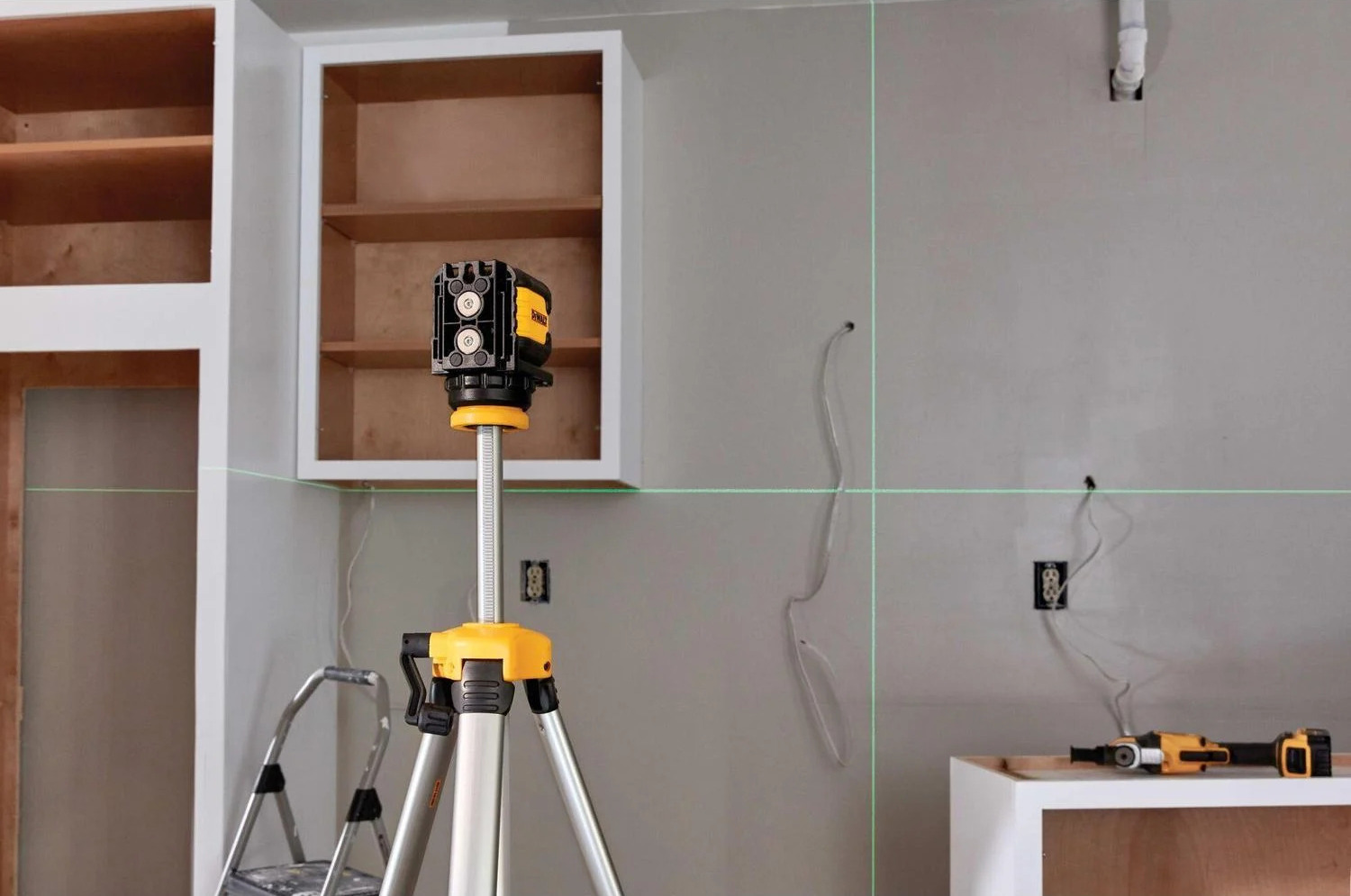
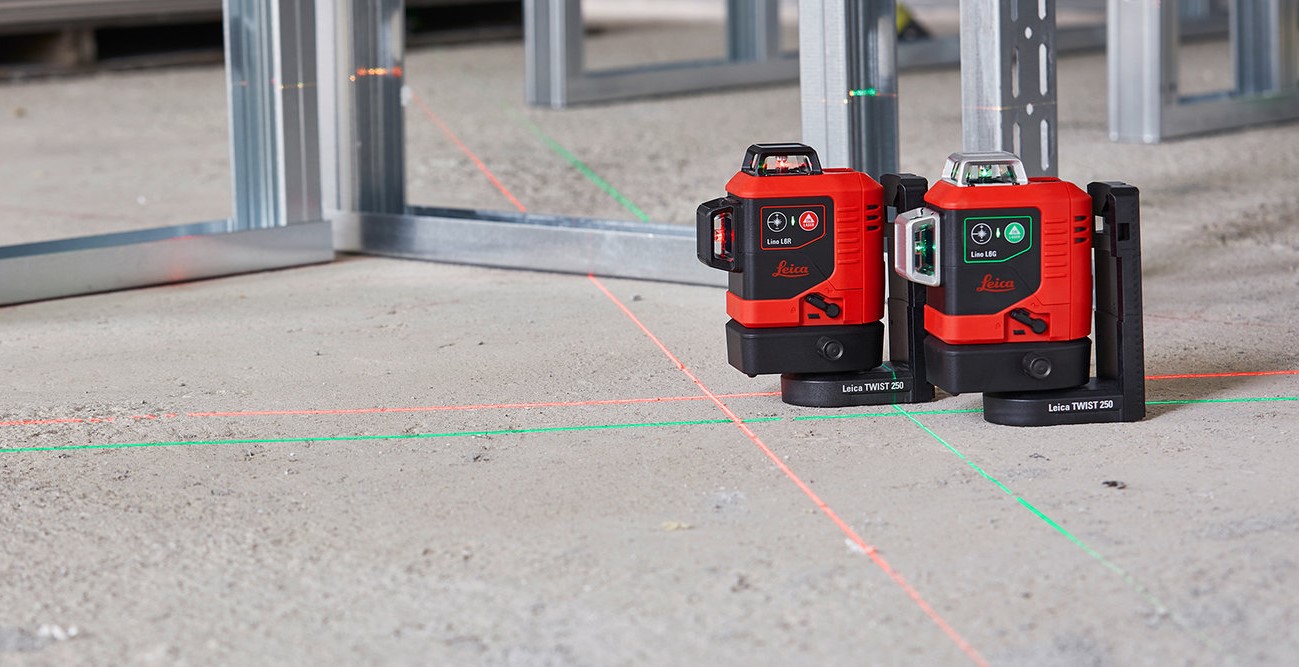
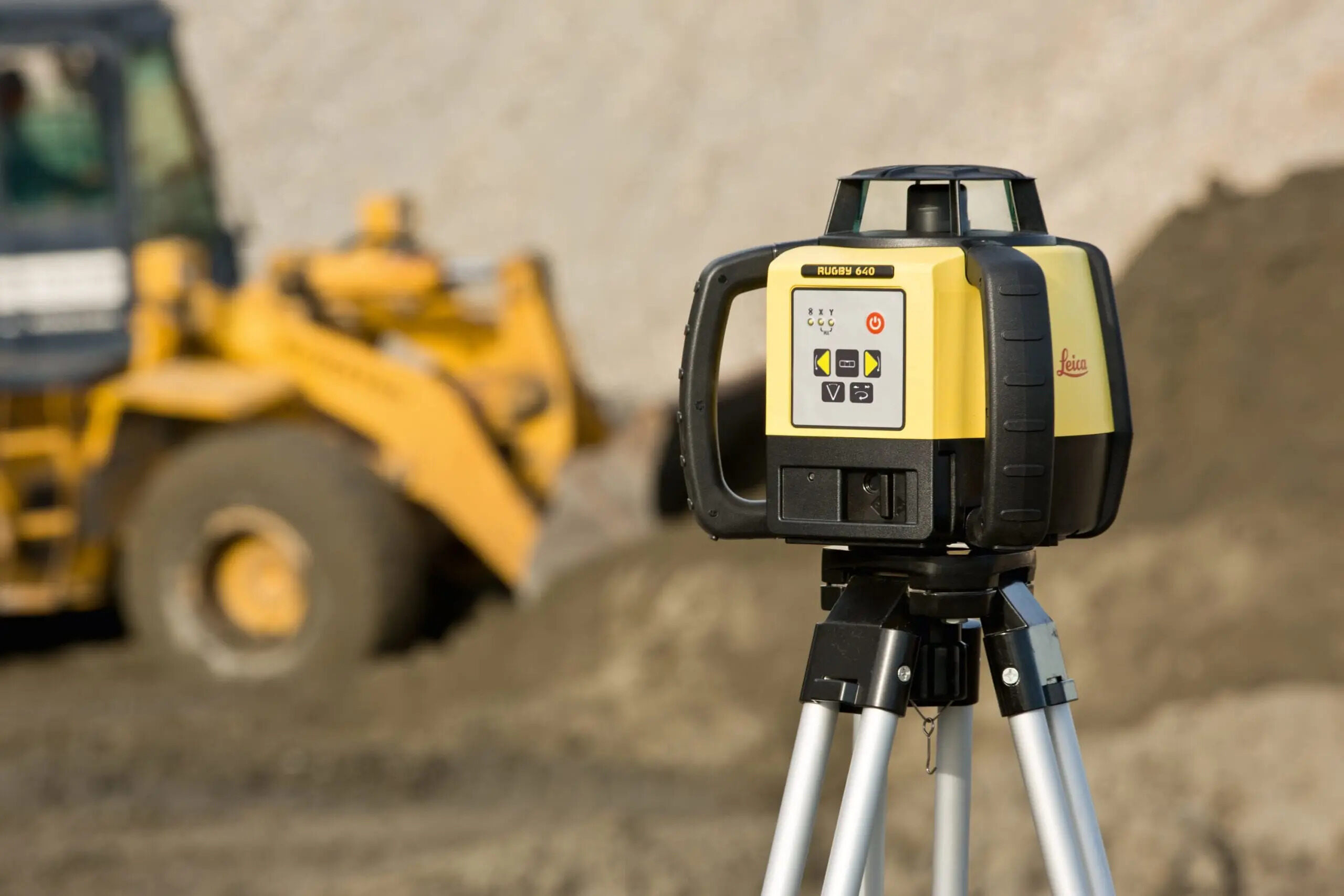
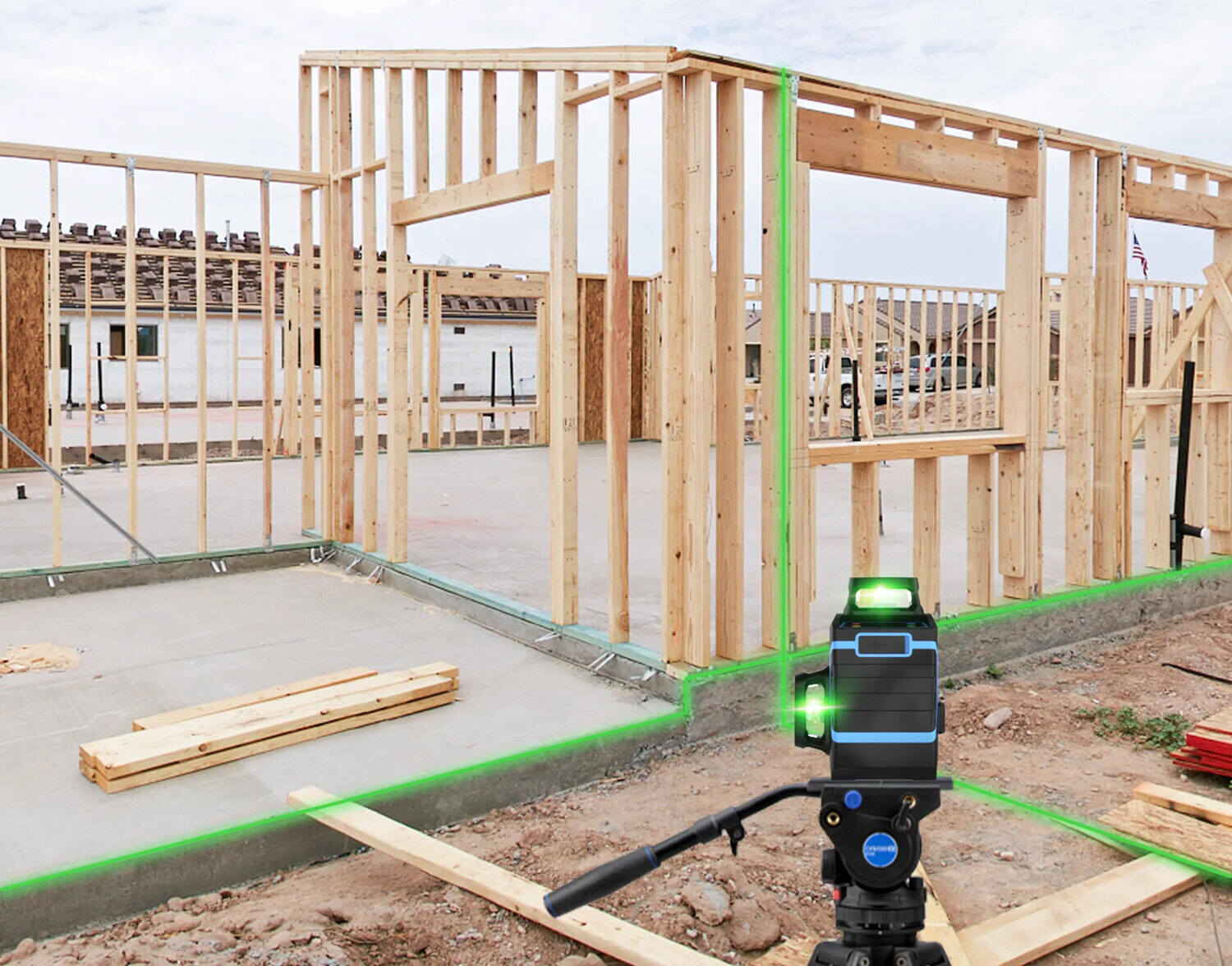
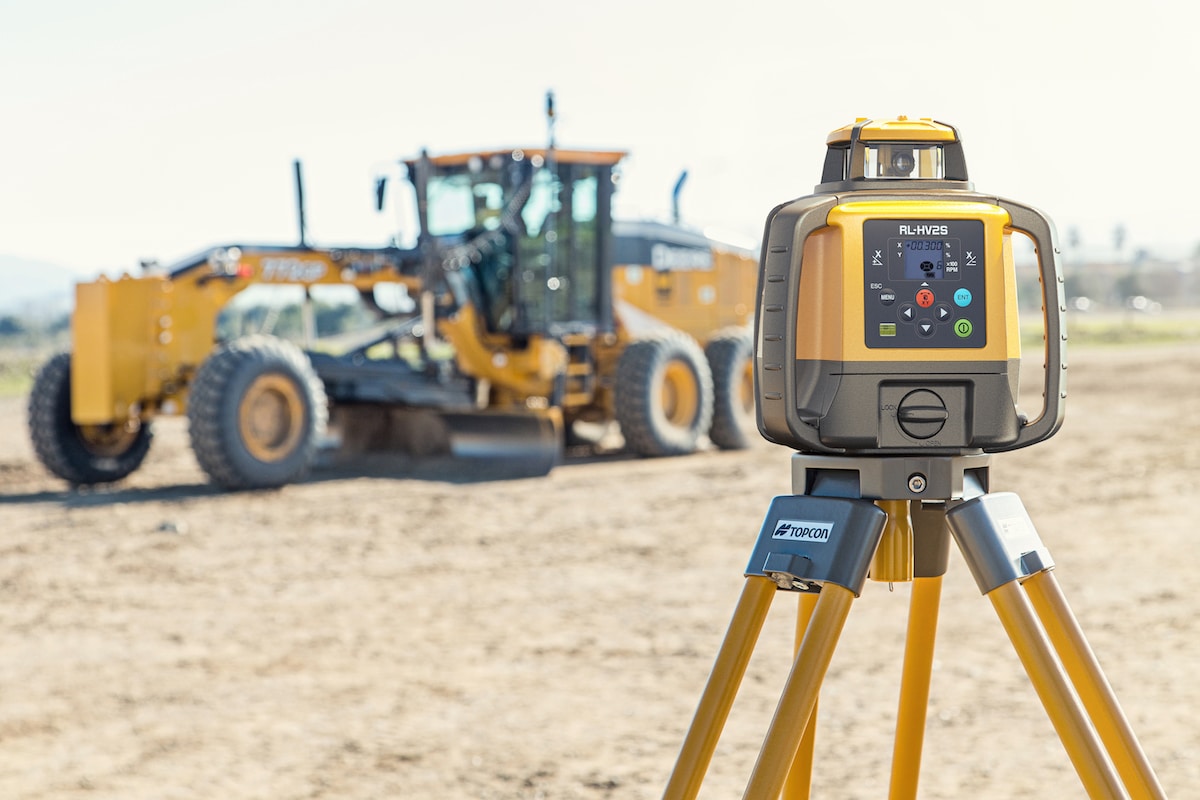

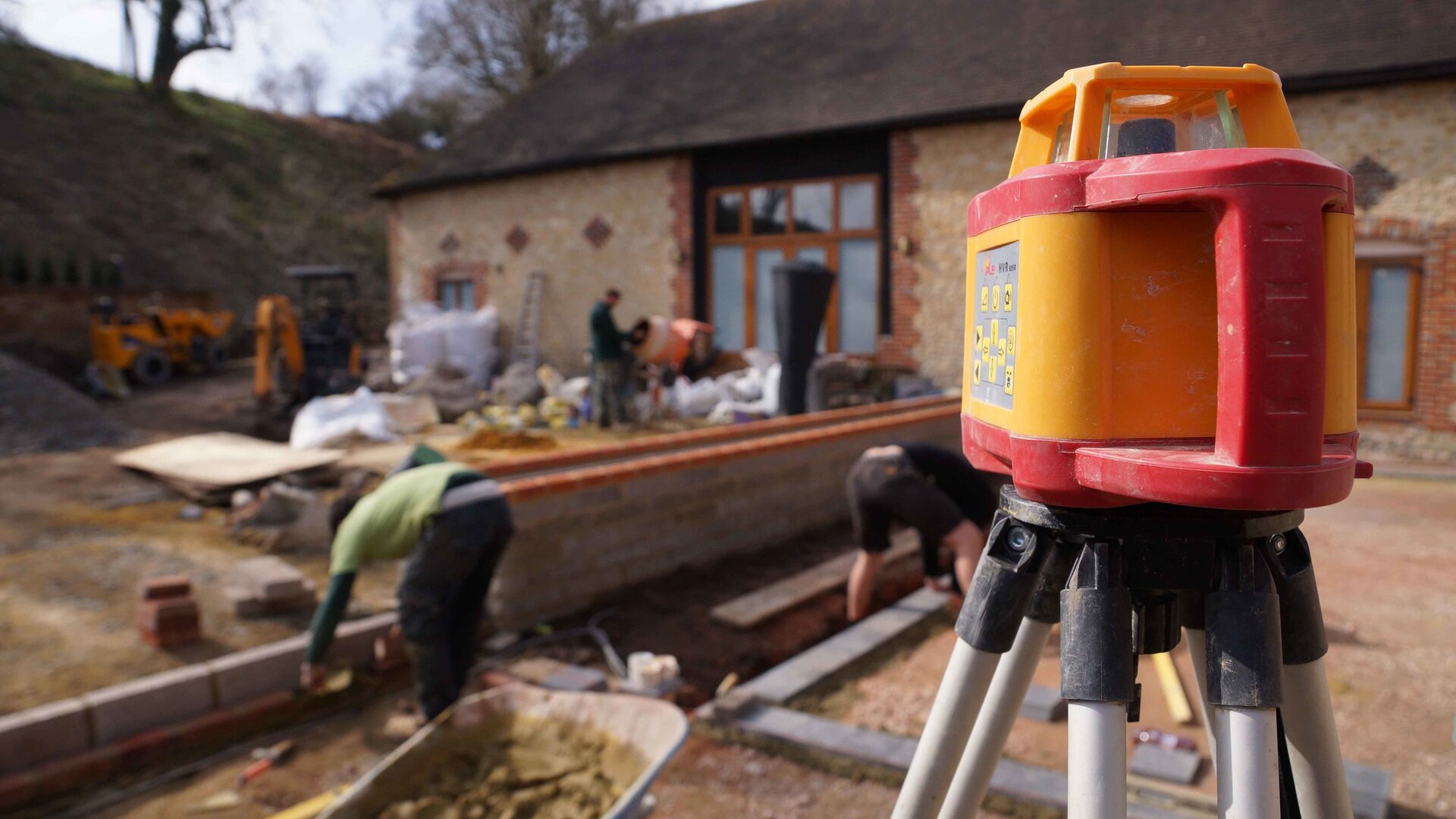
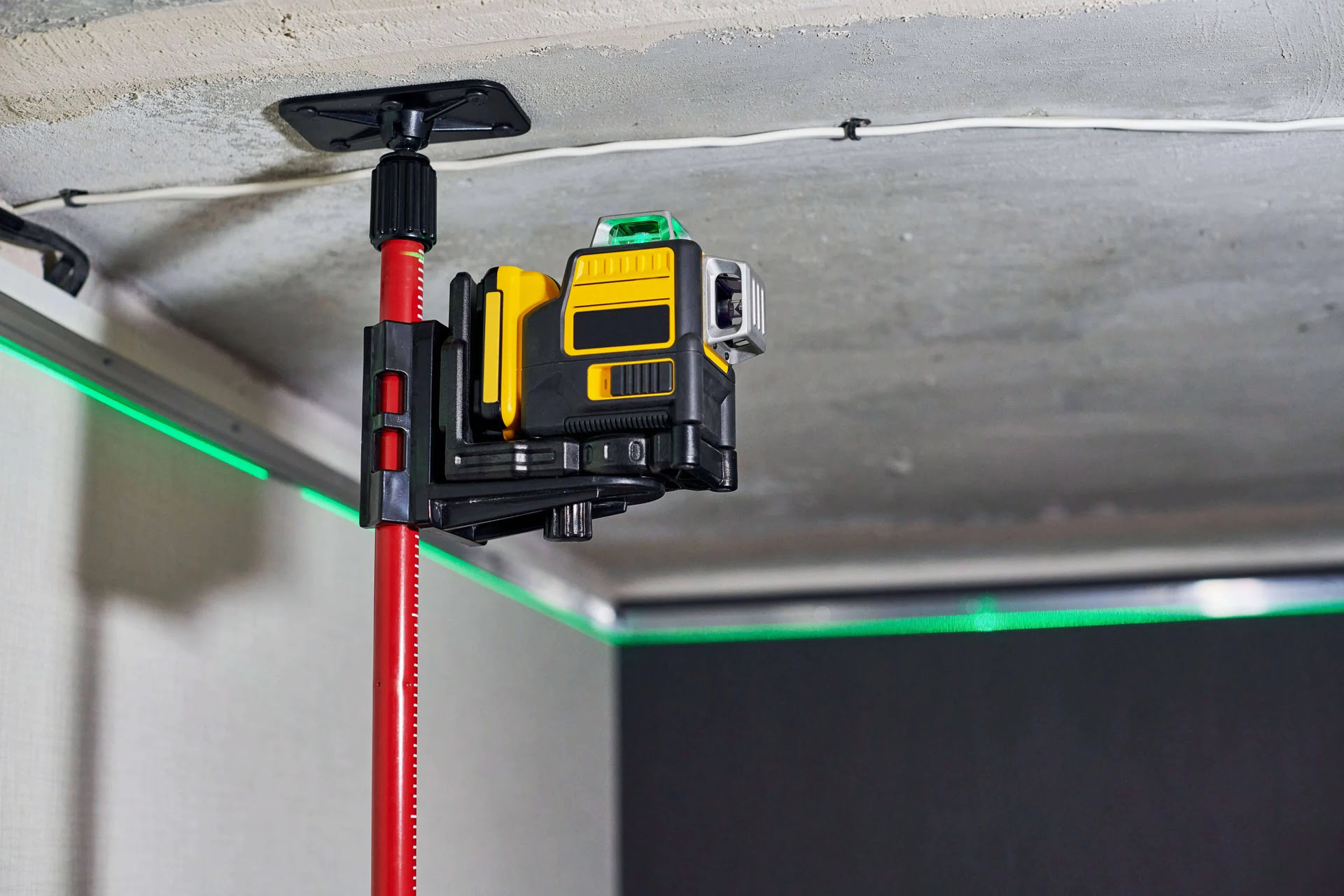


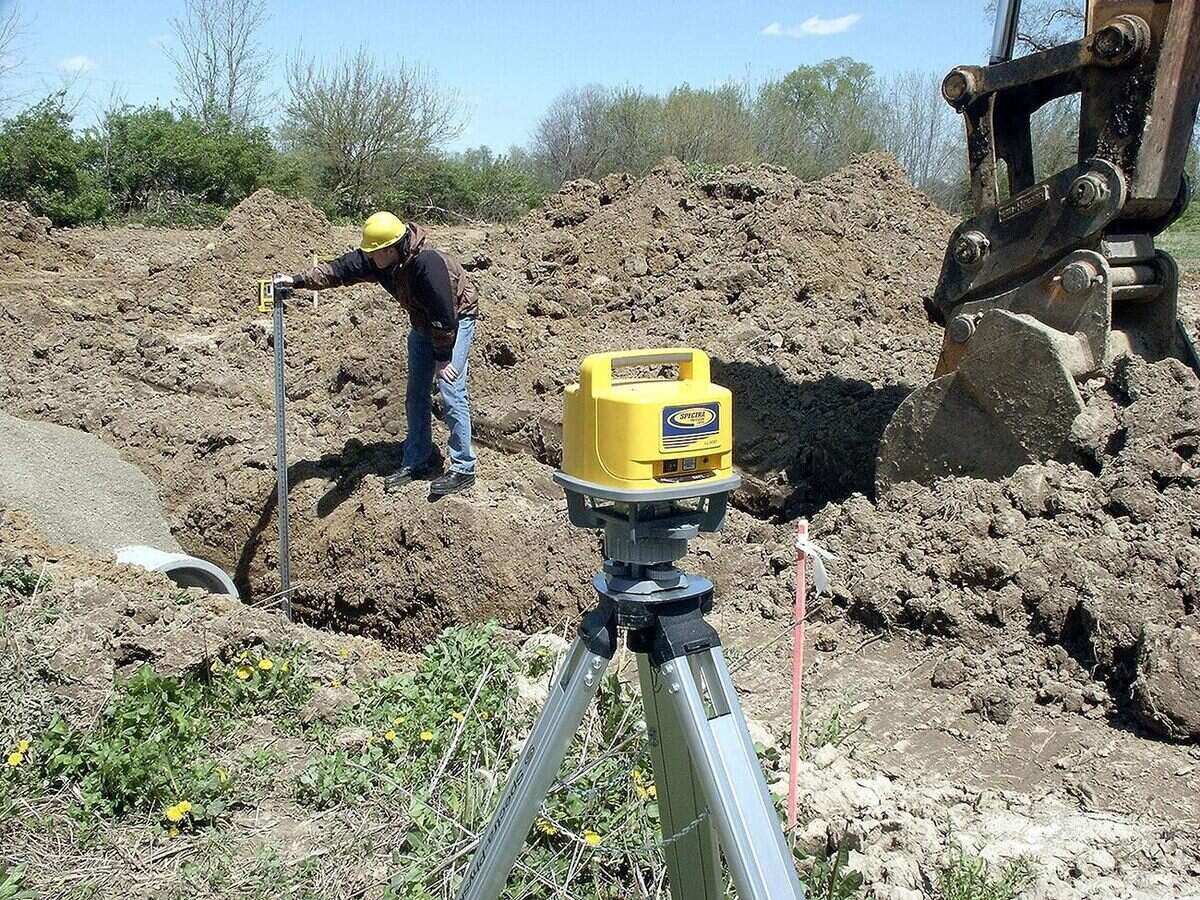
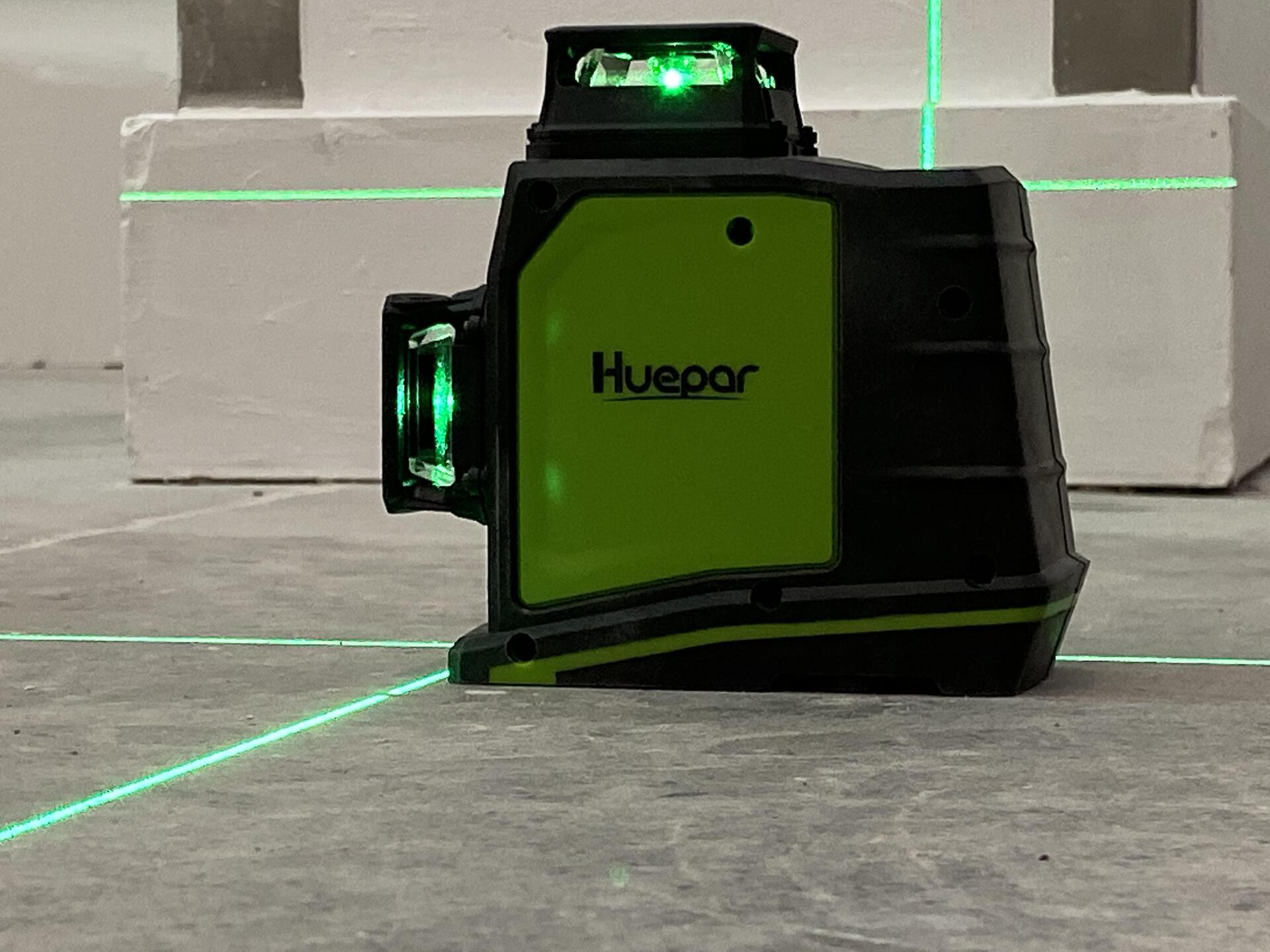
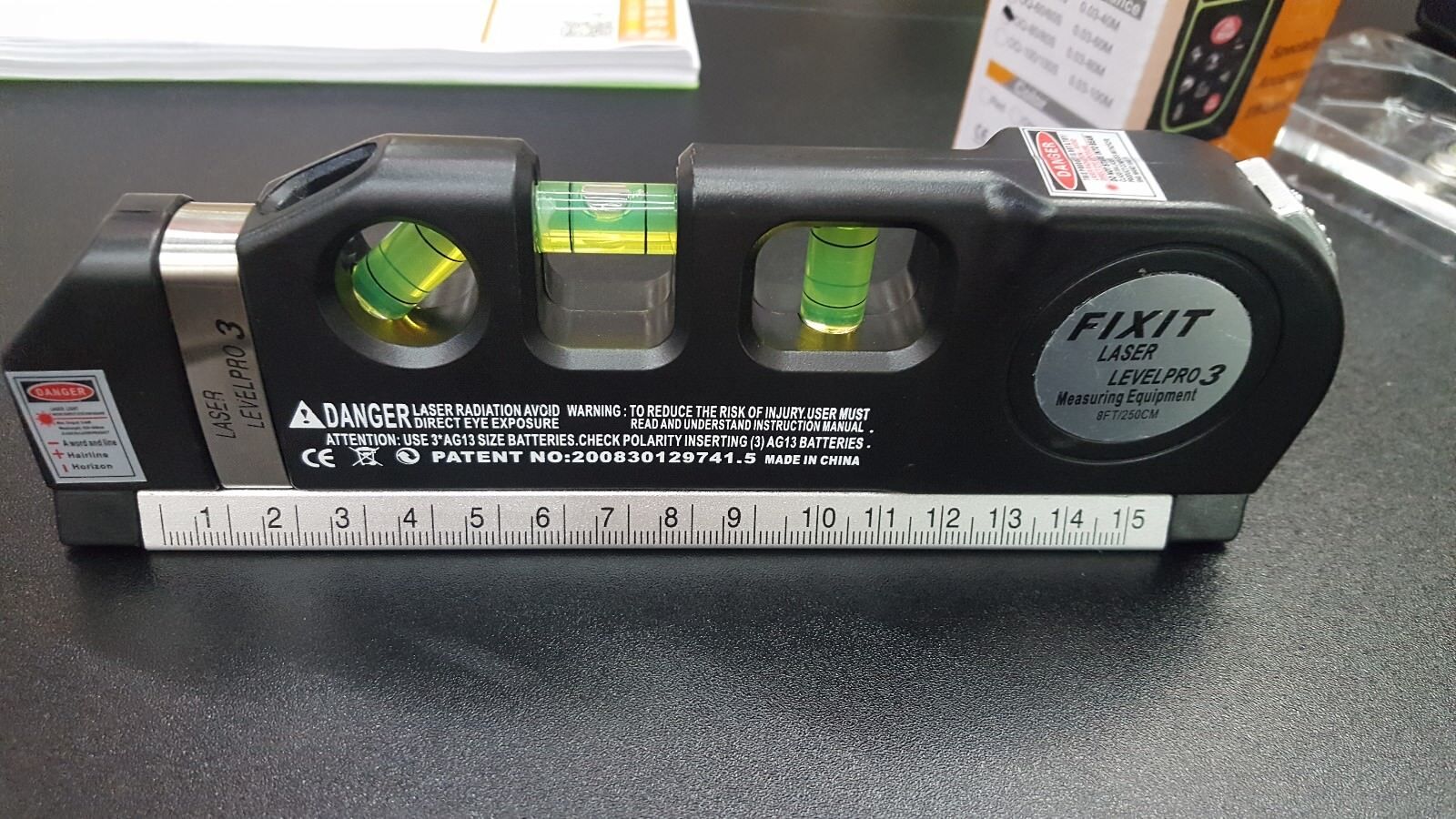


0 thoughts on “How To Use A Laser Level To Install Kitchen Cabinets”